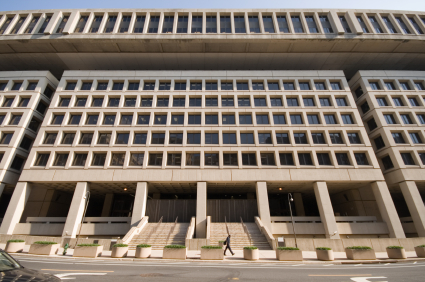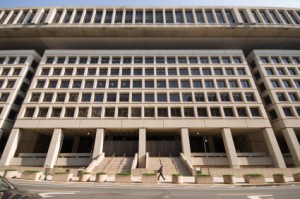By Steve Neavling‘
A Republican-led Senate committee on Wednesday advanced a plan to relocate the FBI headquarters from its crumbling J. Edgar Hoover Building to the Ronald Reagan Building and International Trade Center in downtown Washington, a move that reverses a previous decision to build the facility in Maryland, Roll Call reports.
The Senate Environment and Public Works Committee voted 10-9 along party lines to approve a $1.4 billion General Services Administration proposal to renovate the Reagan Building for the FBI. The plan calls for using $844 million in previously appropriated funds and $555 million from the FBI to consolidate about 6,000 employees now spread across several Washington-area offices.
Committee Chair Sen. Shelley Moore Capito, R-W.Va., said the GSA “has indicated to me that if the transfer is approved, there are sufficient funds to complete the project with those already appropriated dollars.” She added that nothing prevented the Trump administration from submitting its own plan after Congress took no action on the Greenbelt, Md., proposal.
Democrats on the panel blasted the decision as political and short-sighted. Sen. Angela Alsobrooks, D-Md., said the Maryland site was selected after “federal, state and local partners” worked to ensure the FBI had a headquarters that supported its national security mission and used taxpayer money responsibly. She said the Reagan Building was not underutilized and fails to meet the bureau’s own security standards.
Sen. Chris Van Hollen, D-Md., said the Maryland site was chosen after a “thorough, transparent and competitive” process, while the Trump administration offered “minimal planning and provided zero transparency.”
The GSA contends the move would be faster and cheaper, saying repairs to the Reagan Building “will meet the FBI’s mission requirements and provide the fastest headquarters solution at a fraction of the cost of new construction.”






